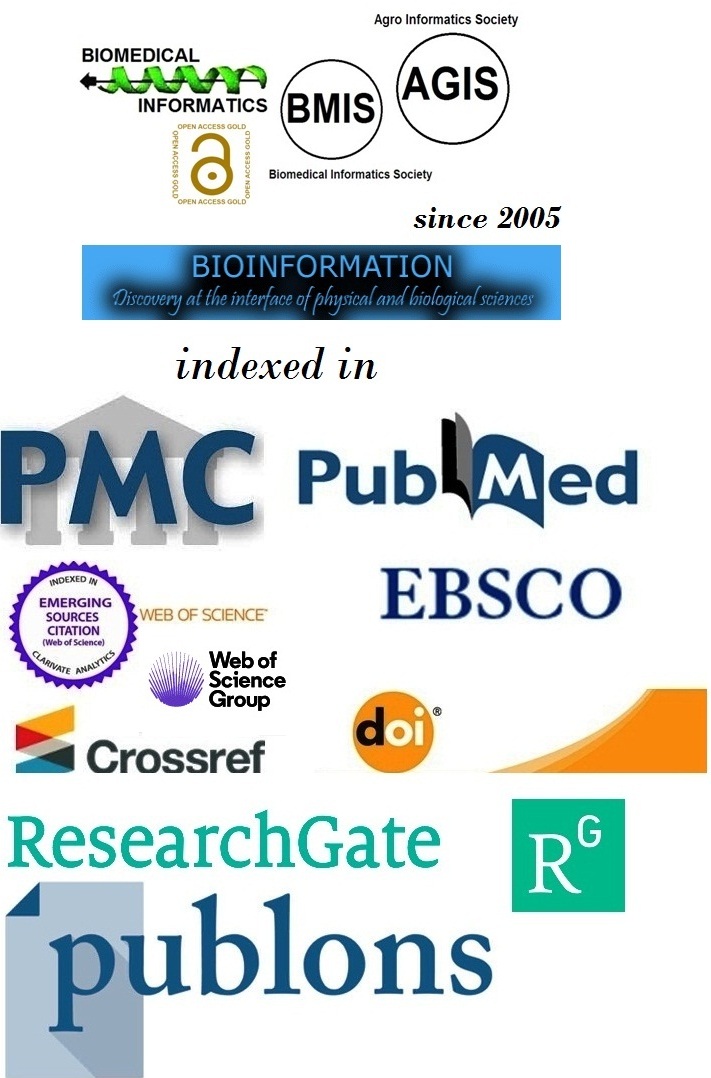Title
Peri-implantitis: Etiology, prevention and management strategies
Authors
Piyush Javiya1, Seyed Mohammad Elyas Hashemi Zadeh2, Neelam Chandwani3, Mirella Vaz4, Manish Kumar Pandit5 & Rashmi Laddha6,*
Affiliation
1Department of Prosthodontics and Crown & Bridge, K. M. Shah Dental College & Hospital, Sumandeep Vidyapeeth Deemed to be University, Piparia, Waghodia, Vadodara, Gujarat, India; 2Department of Cariology and Comprehensive Care, NYU College of Dentistry, New York, USA; 3Department of Dentistry, All India Institute of Medical Sciences Nagpur, Maharashtra, India; 4Department of Prosthodontics and Crown and Bridge, Bharati Vidyapeeth (Deemed to be University) Dental College and Hospital, Navi Mumbai, Maharashtra, India; 5Department of Oral and Maxillofacial Surgery, Shri Balaji Institute of Dental Sciences, Raipur, Chhattisgarh, India; 6Department of Periodontics, Dr. RR Kambe Dental College and Hospital, Akola, Maharashtra, India; *Corresponding author
Piyush Javiya - E-mail: drpnjaviya@gmail.com
Seyed Mohammad Elyas Hashemi Zadeh - E-mail: sh6930@nyu.edu
Neelam Chandwani - E-mail: drneelamch@gmail.com
Mirella Vaz - E-mail: mirella.vaz@bharatividyapeeth.edu
Manish Kumar Pandit - E-mail: drmanish23@gmail.com
Rashmi Laddha - E-mail: drrashmirdaga@gmail.com
Article Type
Research Article
Date
Received August 1, 2025; Revised August 31, 2025; Accepted August 31, 2025, Published August 31, 2025
Abstract
Peri-implantitis represents a biofilm-associated pathologic condition characterized by inflammation and progressive bone loss around osseointegrated dental implants, which is a major risk to the survival of the implant. The etiology of peri-implantitis as a multifactorial process that includes microbial colonization, host susceptibility, biomechanical overload and systemic factors such as diabetes and smoking is analyzed in this systematic review. Preventive measures such as aggressive oral hygiene protocols, patient education and surface modification of implants are highlighted for their risk prevention potential. Management strategies involve both non-surgical interventions—debridement, local antibiotics, and laser phototherapy and surgery, resective and regenerative strategies to the severity of the disease. Comprehensive understanding of peri-implantitis pathogenesis and evidence-based treatment is essential in optimizing implant success and patient experience.
Keywords
Peri-implantitis; dental implants; biofilm; risk factors; implant maintenance; regenerative therapy; mucositis; implant surface; antibiotics; laser therapy
Citation
Javiya et al. Bioinformation 21(8): 2753-2757 (2025)
Edited by
A Prashanth
ISSN
0973-2063
Publisher
License
This is an Open Access article which permits unrestricted use, distribution, and reproduction in any medium, provided the original work is properly credited. This is distributed under the terms of the Creative Commons Attribution License.
